Polestar 2 versus Tesla Model 3: Finally Competition for Tesla
Electric versus electric.
No matter the outcome of this assessment, or of the many others to come, most, if not all, electric vehicles will inevitably be compared to Tesla. Tesla is to EVs what the Toyota Prius is to hybrid vehicles: it epitomizes the type. This does not mean, however, that other major car companies have conceded. In fact, even start-up businesses are looking to knock over Tesla. Enter Polestar and the 2.

Tesla Model 3.
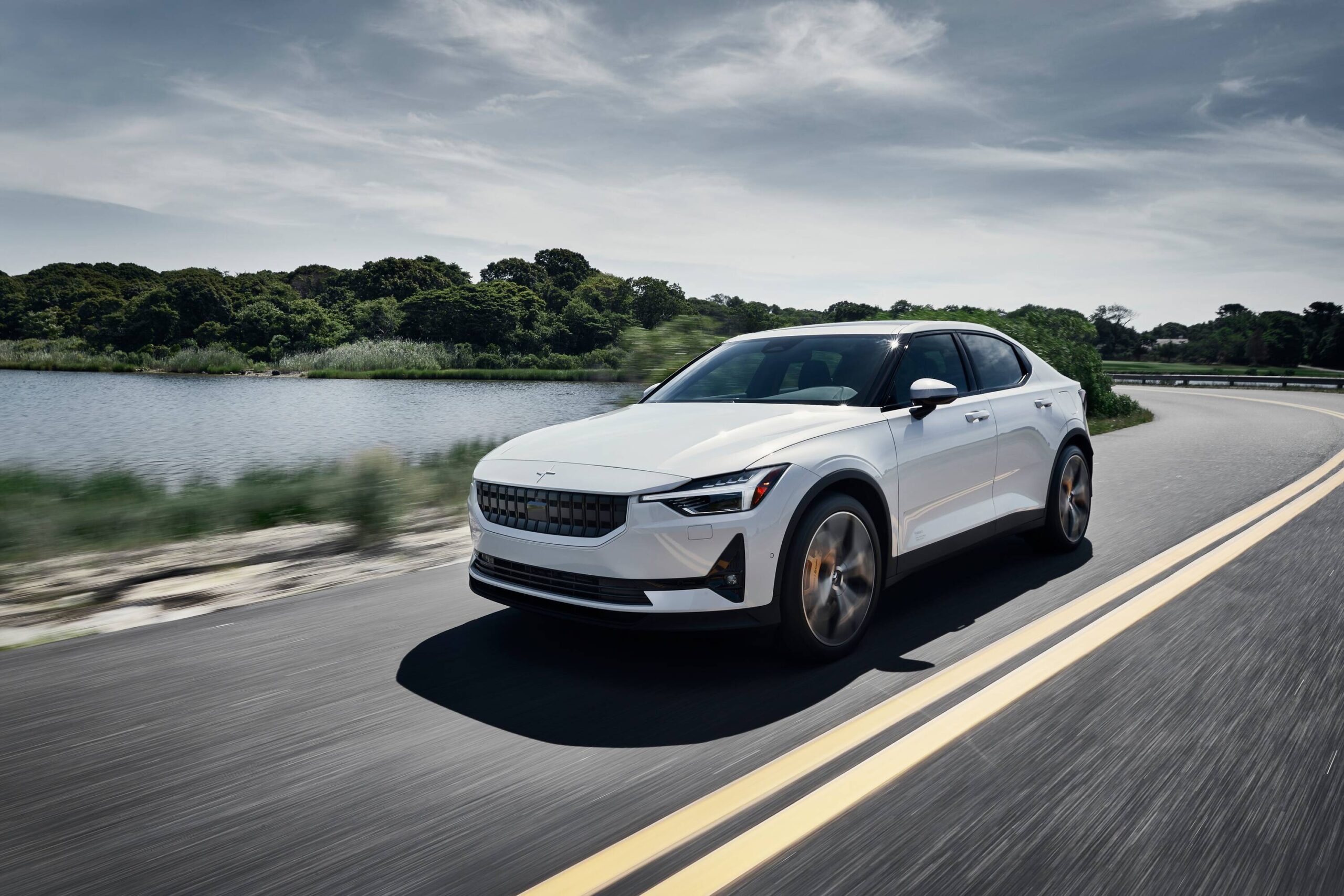
Polestar 2.
In reality, the Polestar 2 only competes against the Model 3 because there are no other EV alternatives in the “segment” at the moment. Even so, as their pricing and overall footprints match, it’s only natural they should be pitted against one another.
It’s no accident that the all-new fully electric Polestar 2 is physically very different from the Tesla Model 3. When taking on a fierce competitor, a thought-out strategy is always better than taking it head-on. This is why the Polestar 2 wears a five-door crossover-like body and not that of a sporty seductive sedan. Conventional, actually, is the best way to describe the Polestar.
Where the Tesla Model 3 throws convention out the window with its void-like cabin, the Polestar 2’s interior feels and presents itself as a spruced-up Volvo. Interacting with the Model 3 requires a certain period of adaptation, whereas the Polestar 2 is business as usual. For this reason alone, the Polestar’s appeal is undeniable.
Much has been said about the Model 3’s dashboard and how, at first, navigating all the car’s functions through a centralized location can be distracting. The upside is the completely unobstructed view forward from the driver’s seat. Sliding aboard the Polestar and networking with the various controls is no different than in a typical mainstream car.
The Polestar 2 and Tesla Model 3 are from different schools of thought, and this is also reflected in how they compare when driven. Here’s how the clash can be put into perspective: it’s like comparing a Porsche 718 to a Cayenne.
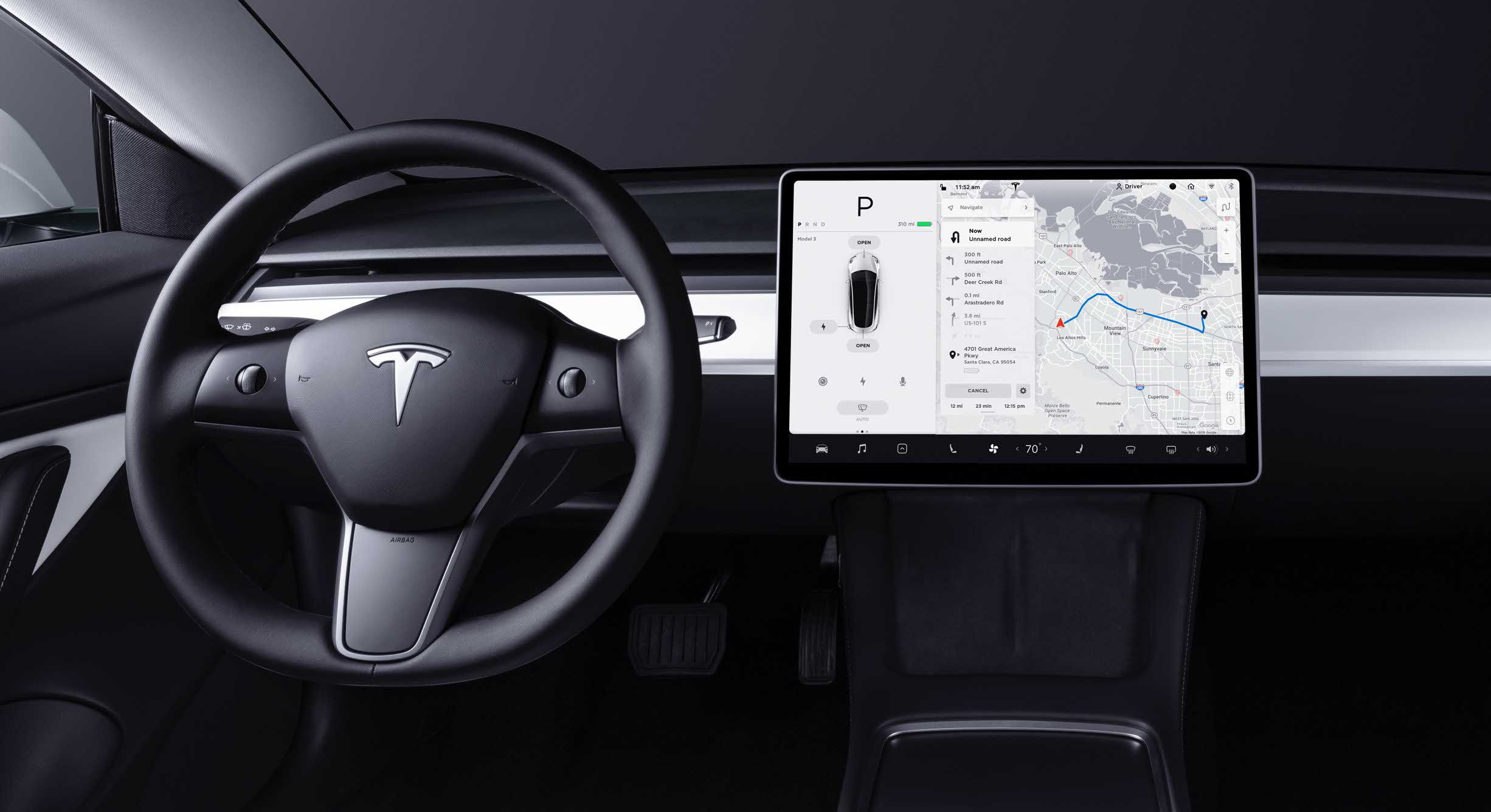
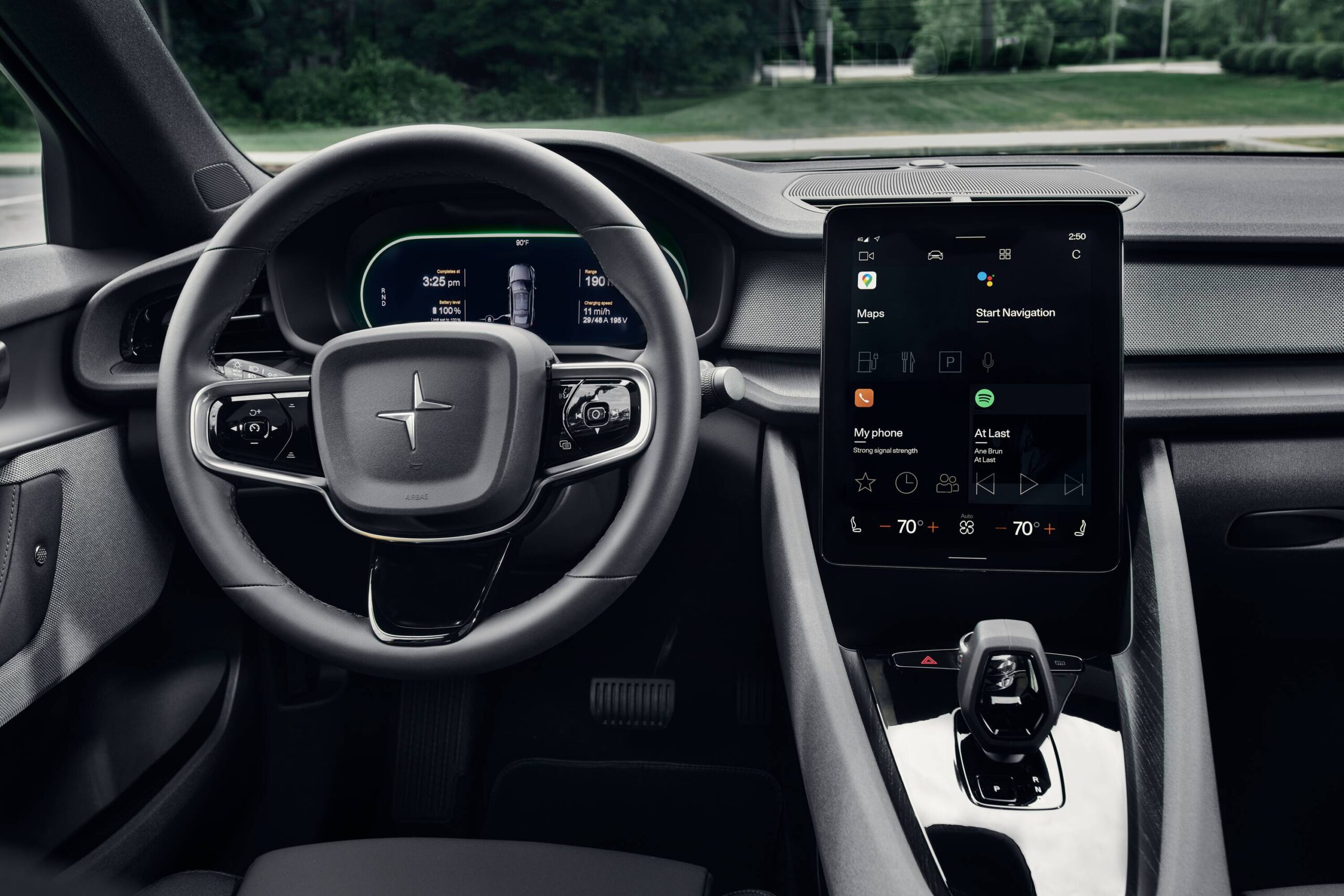
It is important to note here that the Model 3 reviewed was a performance version, giving it a huge power and performance advantage. Even if the Model 3 had been a dual-motor Long Range, the Tesla is far more involving, raw even, where the driver is engrossed in the goings-on. There’s a sufficient amount of feedback that travels through the steering wheel to qualify the Model 3 as a real driver’s car. Against initial expectations, a bond can be created with the Tesla.
The Polestar 2 is akin to a large and heavy luxury sedan. Refinement and isolation from the road are the car’s main motives. The upside is that the Polestar delivers the satisfying vault-like sense of safety and comfort we’ve come to expect from Volvo vehicles. It’s no slouch either, as its dual-motor setup delivers 408 horsepower and 487 lb-ft of torque, which is sufficient to get the car up to 100 km/h from a standstill in 4.7 seconds. The dual-motor Long Range Model 3 sprints to 100 km/h in 4.4 seconds. The Model 3 Performance needs scarcely more than three seconds. Off the line, the Polestar’s girth is evident, but all the available torque quickly dispels inertia.
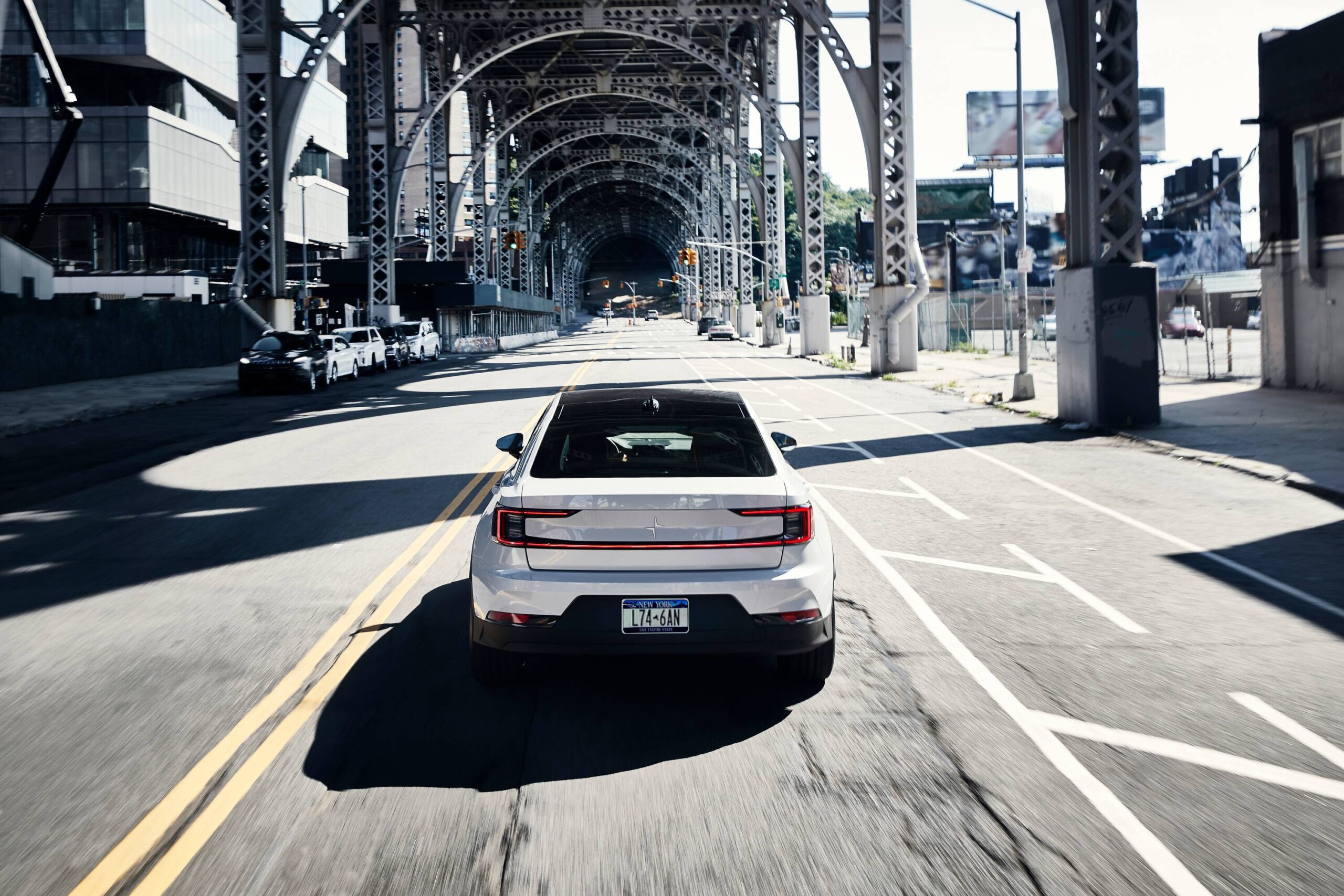
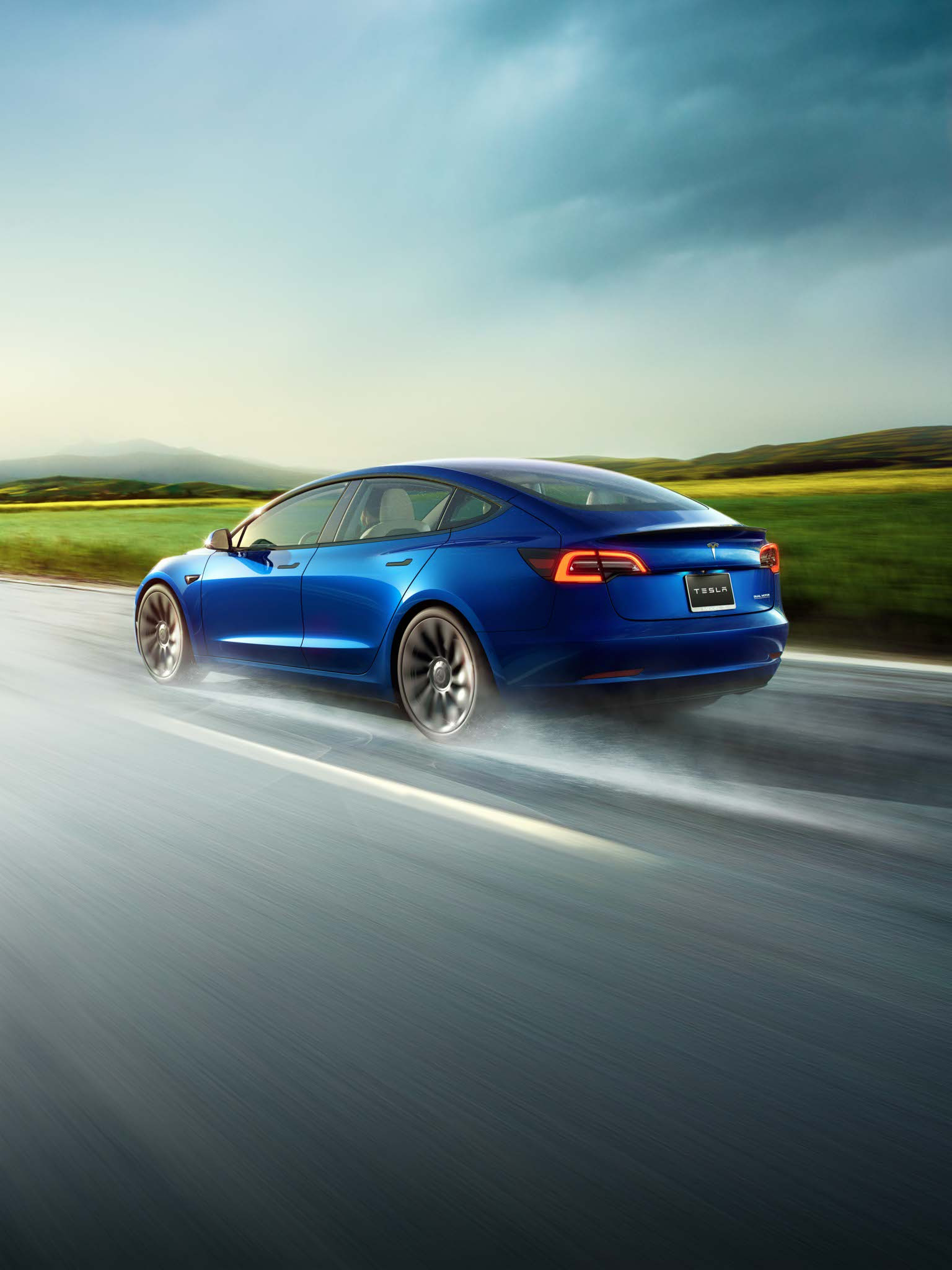
The tested Polestar 2 featured the optional performance pack, which includes massive front Brembo brakes and multi-adjustable Öhlins dampers. These optional brakes are impressively powerful, easily outdoing the Model 3’s units in both response and performance. As for the dampers, they were set at medium (from a possible 20-plus settings), providing the Polestar with a sporty chassis tune. The generally “stiff” yet comfortable ride closely matched the Model 3’s on-road behaviour. Even so, the Model 3 is a far more nimble and agile automobile.
Tesla’s well-documented battery technology and range advantages are also what set the Model 3 apart. The Long Range Model 3 is capable of travelling over 500 kilometres on a charge, while the Polestar 2 will cover about 375 kilometres, despite having a bigger battery (75 kWh for the Tesla and 78 kWh for the Polestar). Another important feature is that one-pedal driving is a possibility with both cars thanks to adjustable brake-regeneration intensities.
In this test, there are no losers, really. It is we consumers who are the true winners as EVs have and continue to evolve.




